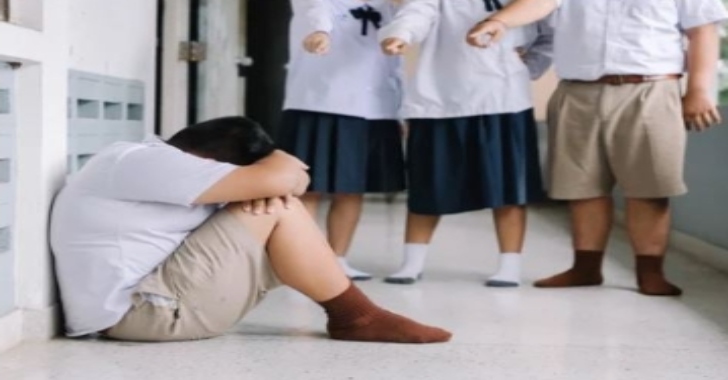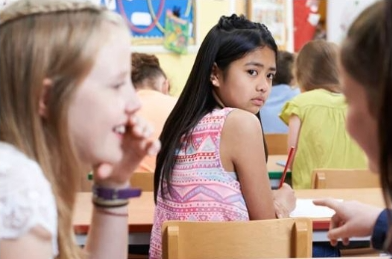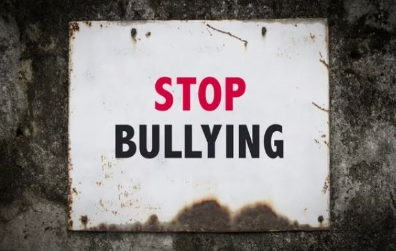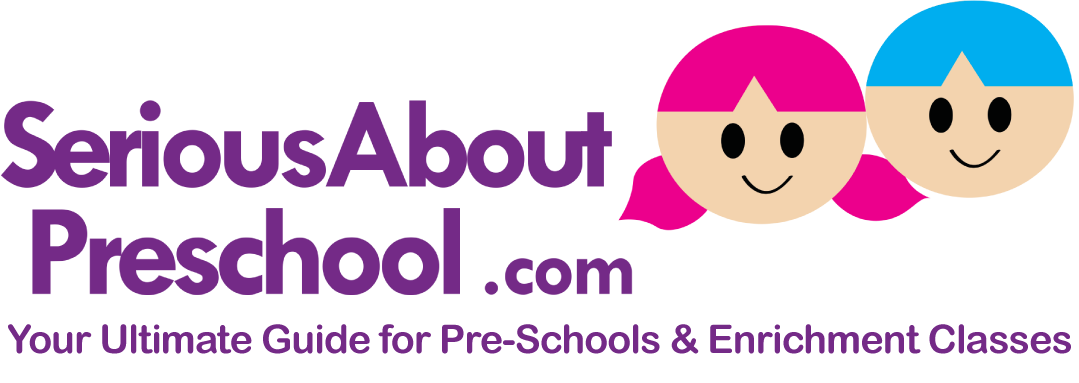Bullying Prevention and Intervention

Bullying is a widespread problem that has an adverse effect on people's mental, emotional, and physical health and affects people of all ages and backgrounds.
Addressing Bullying: Importance of Identifying Symptoms and Essential Strategies
It is our joint duty as parents, teachers, and community members to actively participate in initiatives aimed at preventing and treating bullying. This post will discuss the significance of identifying bullying symptoms and go over five essential ideas for dealing with this pressing problem.
1. Understanding the Signs of Bullying:

Identifying the warning indicators of bullying is the first step towards successful prevention and response. Behavioural shifts, abrupt disengagement, a drop in academic achievement, or inexplicable physical traumas are some of the ways these symptoms could appear. Observing these signs can give important information about possible bullying incidents.
2. Open Communication Channels:

To effectively prevent and intervene, it is imperative to establish transparent and reliable communication channels. Young people should be encouraged to freely communicate their emotions and experiences. Encourage a culture in which people can come out with bullying situations without fear of reprisal. Prompt intervention and assistance are made possible by well-established communication.
3. Educating on Empathy and Inclusion:

Lack of empathy and understanding is a common cause of bullying. To promote a welcoming and caring society, incorporate empathy-building exercises into school curricula and community initiatives. To stop the foundations of bullying from forming, instill in kids and teenagers the importance of accepting variety and appreciating differences.
4. Implementing Comprehensive Anti-Bullying Programs:

By putting in place thorough anti-bullying programs, communities and schools may take a leading position in the fight against bullying. Campaigns for awareness, educational projects, and intervention techniques ought to be included in these programs. Schools can dramatically lower the frequency of bullying occurrences by fostering a culture of kindness and zero tolerance for bullying.
5. Empowering Bystanders to Intervene:

Bullying occurs frequently in front of bystanders, who may be afraid or helpless to stop it. Equip people with the knowledge and skills to safely intervene in situations and report them so they can become engaged bystanders. The idea that everyone contributes to making a place that is safe and welcoming is strengthened by this team effort.
6. Professional Training for Educators and Parents:

Parents and educators are essential cornerstones in the preventive and intervention process. Provide thorough training courses that give educators and parents the know-how to spot bullying in its early stages, deal with it head-on, and support the injured parties. This cooperative endeavour guarantees a unified front against bullying both inside and outside of the educational setting.
A comprehensive strategy involving the entire community is needed for bullying prevention and intervention. We can develop a culture that actively combats bullying by recognizing the warning signs of bullying, encouraging open communication, educating people about empathy and inclusiveness, putting comprehensive anti-bullying programs into place, empowering bystanders, and offering professional training to parents and educators. By working together, we can create a place where people may grow without the damaging effects of bullying and where compassion, understanding, and respect are valued.
















